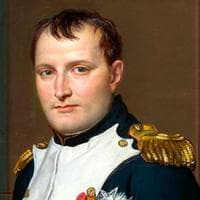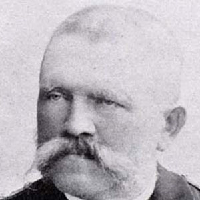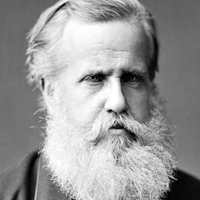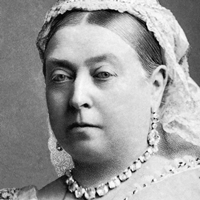Prince Albert of Saxe-Coburg and Gotha typ osobowości MBTI
Osobowość
"Jaki typ osobowości jest {profilename}? {profilename} jest typem osobowości {mbti} w mbti, {enneagram} - {iv} - {tritype} w enneagram, {big5} w Big 5, {sociionics} in Socionics."
He was a grand visionary of sorts—he thought out his children’s marriages with his vision of a peaceful Europe in mind. Introspective, fatalistic, cold, but also a commanding and domineering force in the lives of Victoria and their children. He took over a lot of if not almost all of what had been her work, and for his children he placed high, perfectionistic standards. He also had a deep moral system that could be easily upset. And although he was not afraid to correct Victoria on her often tempestuous and emotional behavior, he didn’t necessarily like open conflict—he preferred to write his complaints rather than verbalize them. Poor guy practically worked himself to death.
Biografia
Prince Albert of Saxe-Coburg and Gotha (Francis Albert Augustus Charles Emmanuel; 26 August 1819 – 14 December 1861) was the husband of Queen Victoria. He was born in the Saxon duchy of Saxe-Coburg-Saalfeld, to a family connected to many of Europe's ruling monarchs. At the age of 20, he married his first cousin, Queen Victoria; they had nine children. Initially he felt constrained by his role of prince consort, which did not afford him power or responsibilities. He gradually developed a reputation for supporting public causes, such as educational reform and the abolition of slavery worldwide, and was entrusted with running the Queen's household, office and estates. He was heavily involved with the organisation of the Great Exhibition of 1851, which was a resounding success.
Osobowość correlate

Napoléon Bonaparte

Otto von Bismarck

Alois Hitler

Empress Elisabeth of Austria

Pedro II of Brazil

Queen Victoria

Frederick Douglass

Alexander I of Russia







